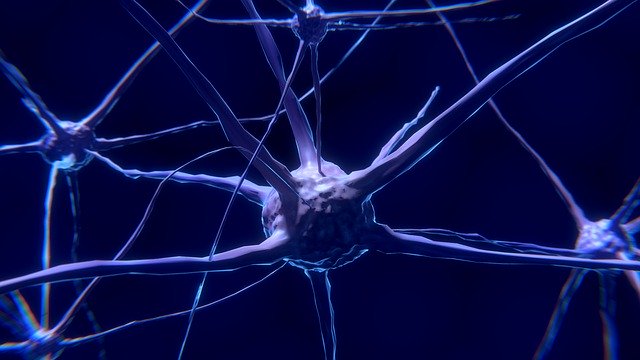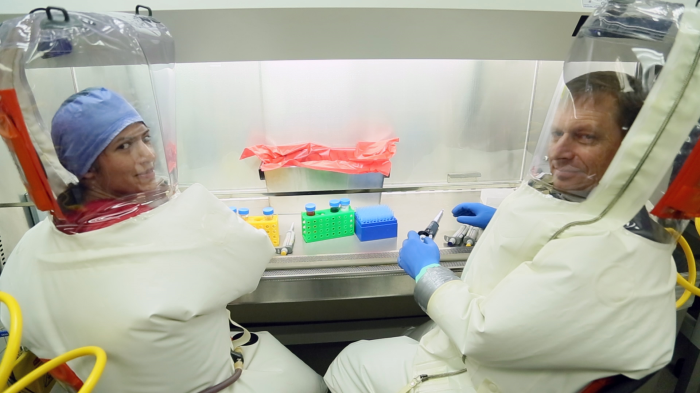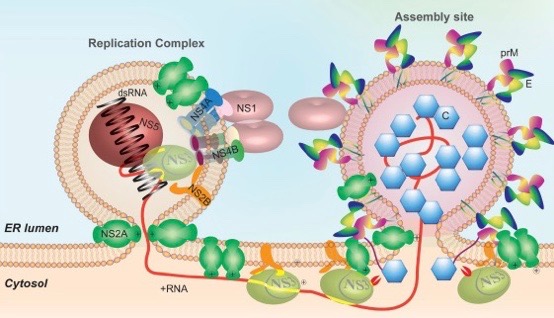At present, only a few therapies are available with relatively low success. Both, the clinical and the scientific communities are critically devoted to developing new therapeutic approaches to treat and diagnose neurodegenerative diseases.
At present days, neurodegenerative diseases represent one of the main causes of death in the industrialized economy. Overall characterized by a loss of neurons in particular regions of the nervous system, the subsequent decline in cognitive and motor function that patients experience in these diseases is associated with nerve cell loss.
The most common denominator among neurodegenerative diseases, in addition to nerve cell loss, is inflammation. Although a series of mutant genes and environmental toxins are related to neurodegenerative disorders, the causal mechanisms remain poorly understood.
Neurodegenerative diseases can be defined as multifactorial debilitating disorders of the nervous system. Overall, neurodegenerative diseases affect approximately 30 million individuals worldwide, according to the World Health Organization (WHO).



